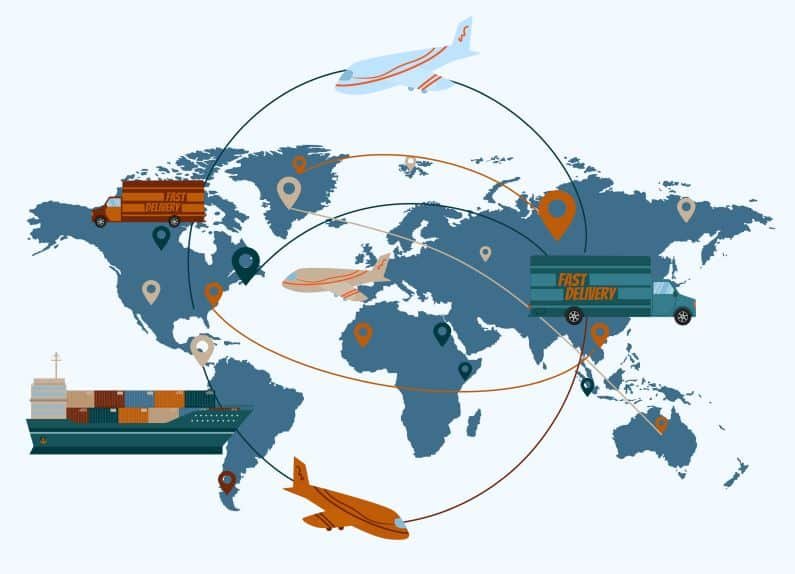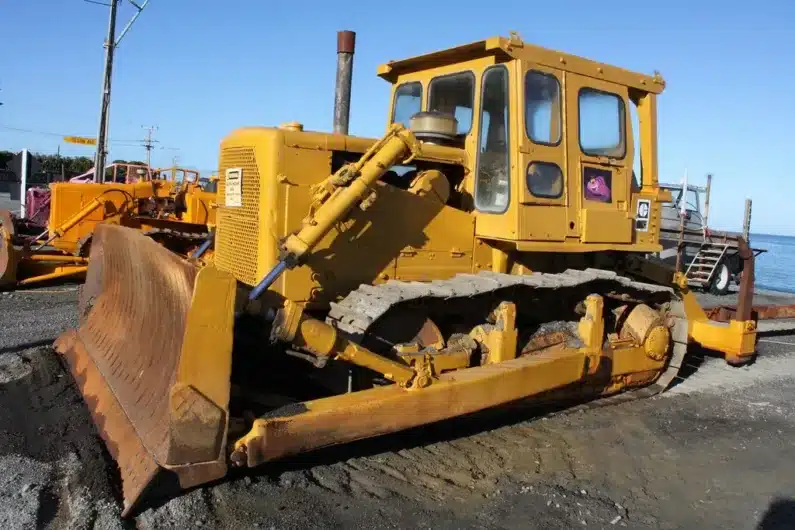Shipping heavy equipment internationally, especially when it comes to heavy engineering equipment, can feel like maneuvering through a maze with endless turns and obstacles.
This journey, filled with intricate customs clearance procedures, stringent international shipping regulations, and the daunting task of coordinating multiple modes of transport, presents a unique set of challenges.
In this post, we’ll delve into these complexities, providing real examples and insights to shed light on the hurdles faced by businesses worldwide.
Customs Clearance: Regulations for Shipping Heavy Equipment Internationally
The first hurdle in logistics solutions for the international shipping of heavy equipment meant for a wide range of industries, like engineering, gas and oil and construction, is customs clearance.
Each country has its own set of import and export regulations, which can be as varied as the equipment being shipped. For instance, the European Union has stringent safety standards that equipment must meet, while countries like Brazil have intricate taxation and documentation requirements for shipping heavy equipment internationally.
A real-life example of this complexity can be seen in the shipping of a heavy crane from the United States to India. The crane, required for a construction project in Mumbai, had to comply with India’s emissions standards, undergo rigorous inspection, and have all documentation translated into Hindi and English, illustrating the meticulous level of detail required for successful customs clearance.
International Shipping Regulations
International shipping regulations add another layer of complexity. These regulations govern everything from the size and weight of the equipment that can be shipped to the types of materials and equipment that are restricted or prohibited from entering certain countries.
For example, Australia‘s biosecurity laws are some of the strictest in the world, requiring machinery to be thoroughly cleaned to remove soil and plant material before entry.
This was highlighted when a company faced delays and additional costs shipping drilling equipment from Canada to Australia, as it had to undergo additional cleaning and inspection to meet these biosecurity standards.
Coordination Between Different Modes of Transport: A Balancing Act
The coordination between different modes of transport is akin to conducting an orchestra where each section must be in perfect harmony.
Shipping heavy equipment internationally often requires a combination of trucking, ocean, and sometimes air transport, each with its own set of challenges. A vivid example of this is the shipping of turbine blades for wind farms. These blades, often over 50 meters long, require specialized trailers for road transport, and cargo ships with adequate space and cranes for loading and unloading.
The logistics involved in moving these blades from the manufacturer in Europe to a wind farm in South America demonstrate the critical importance of precise coordination and planning. This is why a dependable heavy item freight mover is crucial.
Here’s a deeper look into the different modes of transportation for heavy equipment and machinery moving:
Air Freight
Speed and Efficiency: Air freight is the fastest mode of transport, ideal for urgent shipments but often the most expensive.
Limited Capacity: Aircraft have strict weight and size limitations, making them suitable for smaller or high-value heavy equipment.
Packaging and Security: Requires specialized packaging to protect equipment during handling and flight, with stringent security measures.
Global Reach: Offers extensive global coverage, connecting major airports worldwide.
Regulations and Restrictions: Subject to aviation authority regulations and security restrictions, which can vary significantly by country.
Sea Freight
Cost-Effectiveness: Generally the most cost-effective method for transporting large volumes of heavy equipment over long distances.
Capacity and Versatility: Cargo ships can handle a vast range of equipment sizes and weights, including oversized and heavy machinery.
Longer Transit Times: Sea freight has significantly longer transit times compared to air freight, requiring advanced planning.
Port Restrictions and Infrastructure: Shipping routes and schedules may be influenced by port capabilities and infrastructure limitations.
Trucking
Flexibility and Accessibility: Trucking offers direct access to inland destinations and can be tailored to specific delivery schedules.
Size and Weight Restrictions: Governed by national and local regulations that limit the size and weight of loads, affecting route planning.
Cross-Border Challenges: International trucking involves customs clearance and may encounter regulatory and infrastructure differences between countries.
Cost Variables: Costs can vary based on fuel prices, tolls, and driver regulations (such as maximum driving hours).
Real-Life Success Stories: Overcoming the Odds
Despite these challenges, Texas International Freight has successfully navigated the complexities of international shipping. These endeavors require detailed planning, including the disassembly of heavy machines, careful coordination between road and sea transport, and adherence to countries’ regulatory requirements.
The Role of Technology and Expertise
In facing these challenges, the role of technology and expertise cannot be overstated.
Advanced tracking systems, AI-driven logistics platforms, and the expertise of seasoned shipping professionals have become invaluable assets.
These tools not only help in navigating the complexities of customs clearance and regulations but also ensure the seamless coordination of multimodal transport, significantly reducing the risks of delays and additional costs.
Navigating Success in International Shipping
Shipping heavy equipment internationally is fraught with complexities. From customs clearance to international regulations and the coordination of multiple transport modes, each step requires careful planning and expert knowledge.
However, with the right approach and resources, it is possible to navigate these challenges successfully. As the global economy continues to grow and evolve, the demand for such logistical feats will only increase, highlighting the importance of mastering the art of international shipping in the engineering sector.





